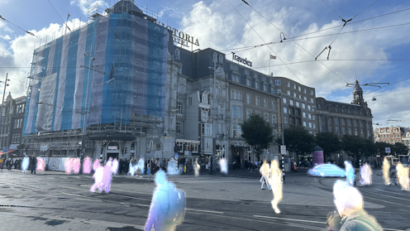
Fresh details emerge on Australia’s new climate migration visa for Tuvalu residents. An expert explains
The details of a new visa enabling Tuvaluan citizens to permanently migrate to Australia were released this week. The Läs mer…
Nyheter och länkar - en bra startsida helt enkelt |Oculus lyx vitae

The details of a new visa enabling Tuvaluan citizens to permanently migrate to Australia were released this week. The Läs mer…

The Conversation/SnapchatLocation-sharing apps are shaping how we connect and communicate – especially among younger people. Snap Map, a popular Läs mer…
Since the Voice to Parliament referendum in 2023, the Indigenous Affairs portfolio has not featured prominently in policy debates at Läs mer…

Apple Clean Up highlights photo elements that might be deemed distracting. T.J. ThomsonYou may have seen ads by Apple promoting Läs mer…

William Edge/ShutterstockThere are an estimated 1 billion domesticated dogs in the world. Most are owned animals – pets, companions Läs mer…
Detta inlägg post publicerades ursprungligen på denna sida this site Läs mer…

skynesher/Getty ImagesThe door to tertiary education will likely close for some students now changes have kicked in for the Läs mer…

Colum McCann Bloomsbury Publishing/ShutterstockAs with his previous novel Apeirogon (2020) and the much-garlanded Let the Great World Spin (2009), Colum Läs mer…